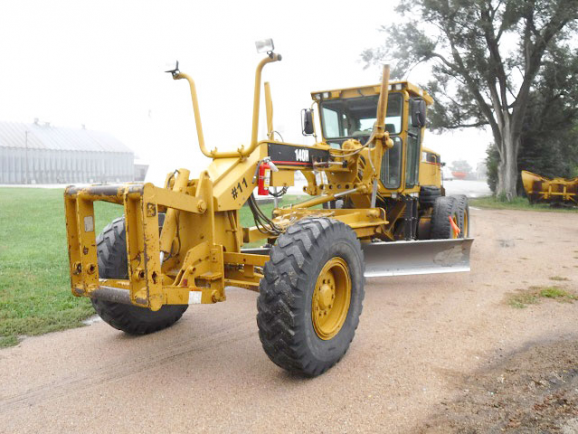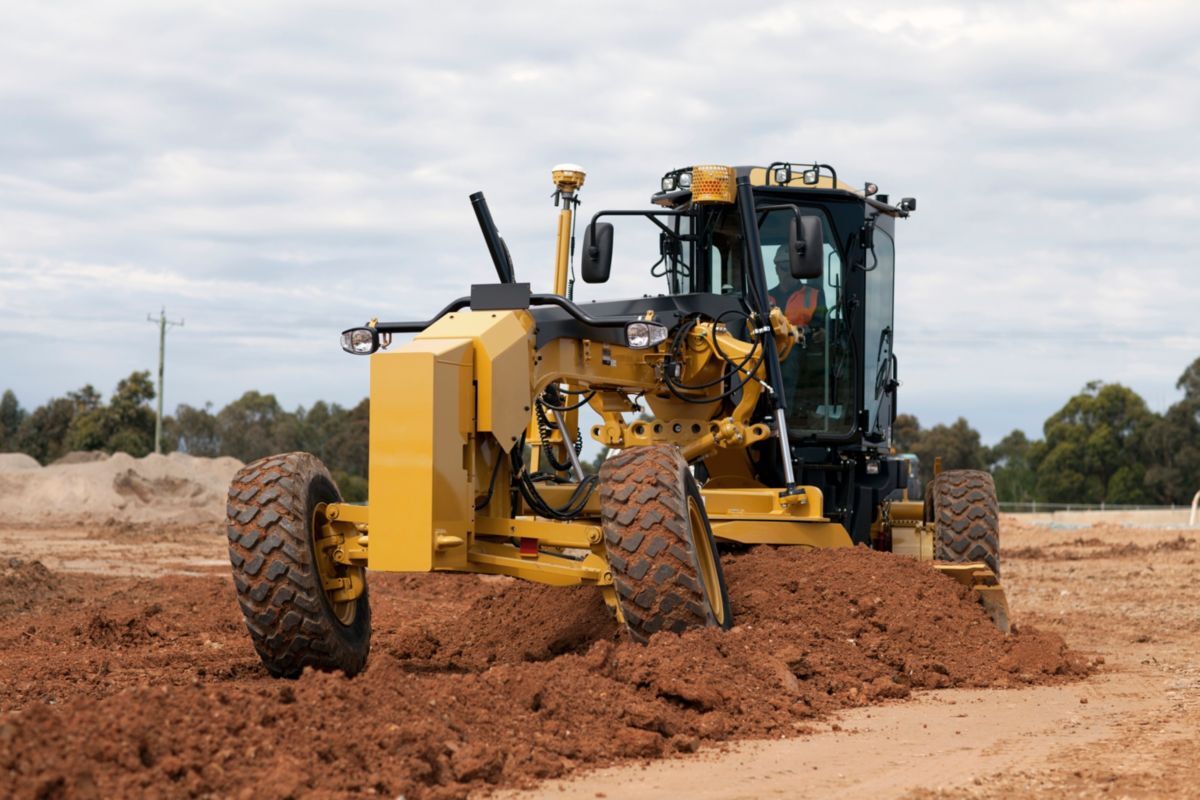Construction sites are inherently dangerous to individuals and assets, particularly when construction machinery and moving equipment, such as motor graders, are present. Accidents do, take place sadly.
Work Site Accidents
Accidents on the Jobsite can come in a variety of forms.
- People on the ground or stepping out of vehicles may be hit by the moldboard, blade, or grader, or squashed between the equipment and an immovable object.
- Graders could even crash into dump trucks, backhoes, cement mixers, as well as other heavy equipment, and machines commonly found on work sites.
- Encountering uncovered electric lines or wiring on a site could cause electrocution and second- or third-degree burns.
- Inadequate operating methods may end up causing a grader to tip over, hurting or smashing the operator as well as others nearby.
- While not all collisions can be predicted and avoided, there are steps that can be taken to improve motor grader safety on the worksite – before, during, and after execution.
Safety Precautions to take prior to Operating the Grader
Before you start your motor grader, here are some safety precautions you should take.
It is critical to thoroughly examine a motor grader and its surroundings to guarantee that the equipment can be operated securely.
Each supervisor may need a subtly different testing procedure, but certain, fundamental steps are always suggested. This motor grader assessment checklist is provided as an example of important steps for an operator to follow.
Verify that all of the parts, operator controls, and security features are working properly as part of an organized inspection procedure. If you notice any irregularities, do not use the machine until it has been restored by someone who is properly qualified and has been certified as safe to use. If you are using a motor grader caterpillar 140 find someone who is certified to restore Caterpillar graders.

Take some time to assess the work environment, taking into consideration the types of structure clearances, and weight restrictions. Examine how you’ll get the grader to the worksite and if there are any possible dangers to be aware of along the way.
Remove any debris from the cab and clean the windows of dirt and grime. It’s important to have a clear view of your surroundings from all angles, including the rear, sides, and front.
As instructed by your supervisor, make sure you are sitting comfortably, safely strapped in, and wearing the necessary safety gear.
Start the equipment and shift the blade up and down as well as left and right, listening for any strange sounds or noises. These will serve as a warning system for potential flaws.
Tips for operating a motor grader safely
When operating any heavy equipment, it’s critical to be totally vigilant and mindful of other machines, employees, surface conditions, and overhead electric wires.
In high-traffic areas, move at a steady, protected pace with the emergency lights activated. While grading, always use blinking lights and warning flags mounted to the moldboard.
While moving over rough, rocky ground, or on grades and hills, slow down and keep the grader in gear.
Before reversing the vehicle, make sure to double-check the place behind you, particularly your blind spots, and try to avoid turning on a slope whenever the vehicle is likely unbalanced.


 1400 Broadfield Blvd, Houston, TX 77084,
USA.
1400 Broadfield Blvd, Houston, TX 77084,
USA.